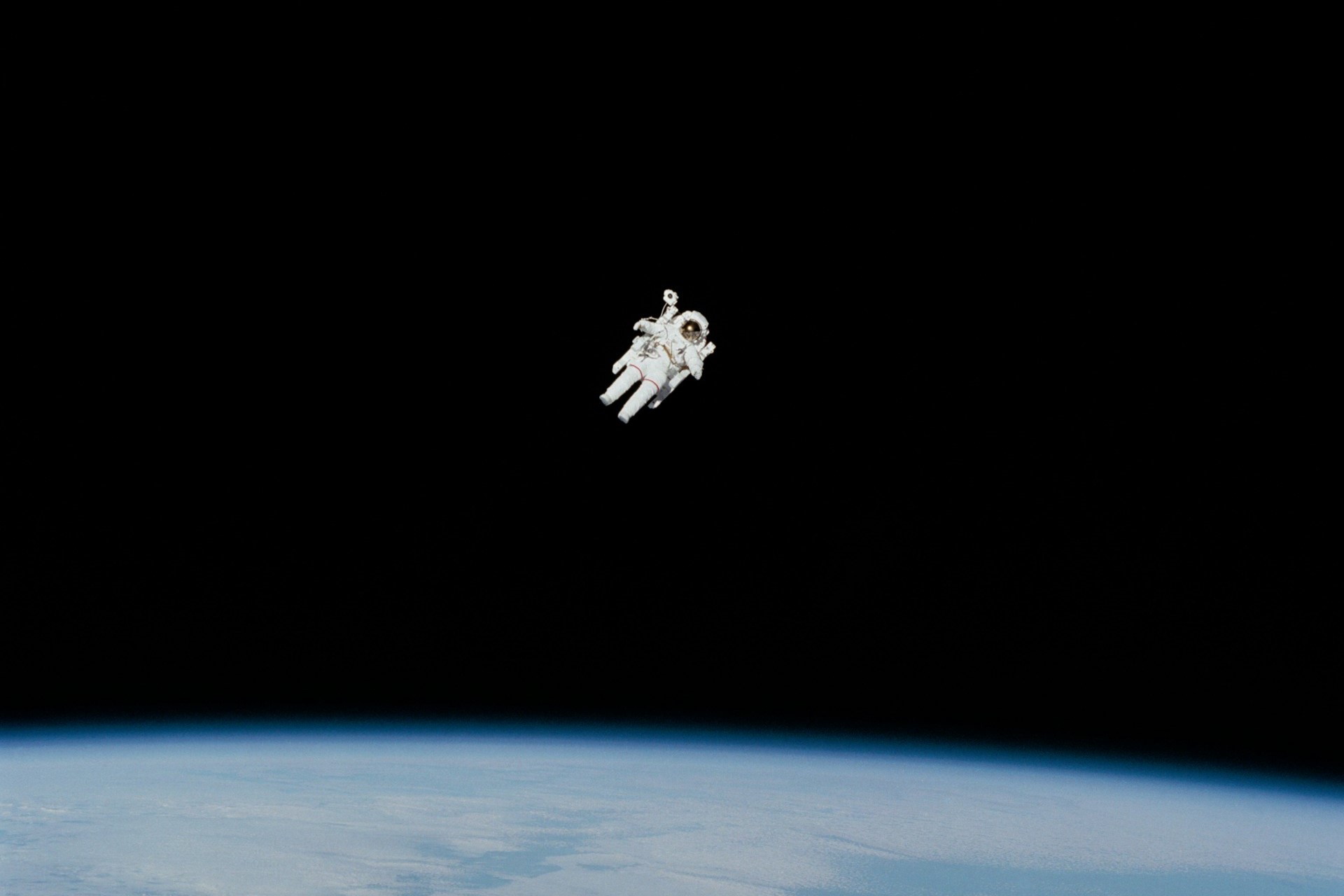
Light Speed: How Fast Does Light Travel?
September 17, 2019 - Emily Newton
Revolutionized is reader-supported. When you buy through links on our site, we may earn an affiliate commission. Learn more here.
To quote the late, great Douglas Adams: “Space is big. Really big. You just won’t believe how vastly, hugely, mind-bogglingly big it is. I mean, you may think it’s a long way down the road to the chemist, but that’s just peanuts to space.” Once we get outside of our own solar system, our nearest interstellar neighbor is four light-years away. What is a light-year, and how fast does light travel anyway? Let’s take a closer look at light speed and what going faster than it really means, for those of us that don’t have a degree in astrophysics.
Why Light Speed?
First, why are we even concerned about light speed? Why not try traveling faster than the speed of sound?
For one, we’ve already broken the speed of sound, multiple times over. Sound, in an atmosphere, travels at roughly 761 mph at sea level. Every time we launch a rocket or send a fighter jet screaming skyward, we break the sound barrier.
Light speed, or the speed at which light travels in a vacuum, has fascinated us since a Greek scientist, Empedocles, argued with Aristotle about whether or not light moved. Galileo tried an experiment to see how fast light traveled using covered lanterns in 1667, but the distance between the lamps — a mile — wasn’t enough to see any delay.
Now we know that light moves, but how fast does it travel in the vacuum of space?
How Fast Does Light Travel?
Light, when unobstructed by anything and traveling through the vacuum of space, moves at 299,792,458 meters per second. Light isn’t the only thing that travels at this speed — all electromagnetic fields, including infrared, radio waves and X-rays, travel at the speed of light. You can apply that to any distance to see how long it takes light to travel.
The moon is 238,900 miles or 384.4 million meters from Earth. If you divide the distance between the Earth and moon in meters by the speed of light, you find out that it takes roughly 1.3 seconds for light or other electromagnetic fields to travel between them.
The sun is 92.96 million miles or 149.6 billion meters from our little blue marble. Dividing that distance by the speed of light shows you that light travels from the sun to Earth in 491 seconds or 8.18 minutes.
Now, our math is all rough estimates — but it gives you an idea of how scientists calculate both the speed of light and interstellar distances.
Faster Than Light Speed
We’ve been fascinated by the speed of light for centuries, especially since being able to move faster than light might open up the doors for interstellar travel. Our closest neighbor is Proxima Centauri, in the binary Alpha Centauri system, roughly 4.2 light-years away from home.
What is a light-year? Simply put, it’s the distance that light travels in a year. If light travels 299,792,458 meters per second, that puts Proxima Centauri roughly 40,208,000,000,000 kilometers away from home. That’s 40 trillion kilometers, or just shy of 25 trillion miles.
With existing technology, our uncrewed spacecraft travel at roughly 36,000 mph. At those speeds, it would take 78,000 years to reach our closest interstellar neighbor. That’s why the idea of traveling faster than light is so appealing. If we could move just at the speed of light, we could reach Proxima Centauri in a little more than four years. If we could break that speed limit, we could potentially reduce the travel time to mere days.
Mr. Einstein and Special Relativity
While traveling at the speed of light would make it easier to reach the distant reaches of the galaxy, it creates its own set of problems. Albert Einstein called light speed the cosmic speed limit — nothing in the universe should be able to travel faster than that. This isn’t just a physics problem, its a problem of relativity — specifically, special relativity.
If we could move close to the speed of light, even if we don’t break that speed limit, time would slow down for the spacecraft and those aboard. However, it would continue to travel at the same rate for the rest of the universe. We could send a mission to Proxima Centauri that takes five years, but moving at close to the speed of light would mean that 50 years might pass on Earth. Everyone those astronauts had ever known would likely be old or dead by the time they got home.
This might sound like a unique way for humans to achieve time travel, but it only helps those that are affected by the special relativity of the spacecraft traveling faster than light.
Can We Travel Faster Than Light?
Can we currently travel faster than light? As a species, no. Our speed is limited by our current technology level, but we might be heading in the right direction. Physicists working with the Large Hadron Collider recently detected neutrinos. These subatomic particles pass through everything and appear to travel faster than light. This would turn Einstein’s theory of special relativity on its ear, though it won’t solve the problem of time dilation as it relates to light speed travel.
Looking Toward the Future
There is still a lot that we don’t know about light speed, as evidenced by the recent discovery of neutrinos. We may never figure out how to move faster than those subatomic particles, but it could help us improve our speed. Interstellar travel may become a possibility rather than a dream.
Revolutionized is reader-supported. When you buy through links on our site, we may earn an affiliate commission. Learn more here.
Author
Emily Newton
Emily Newton is a technology and industrial journalist and the Editor in Chief of Revolutionized. She manages the sites publishing schedule, SEO optimization and content strategy. Emily enjoys writing and researching articles about how technology is changing every industry. When she isn't working, Emily enjoys playing video games or curling up with a good book.







